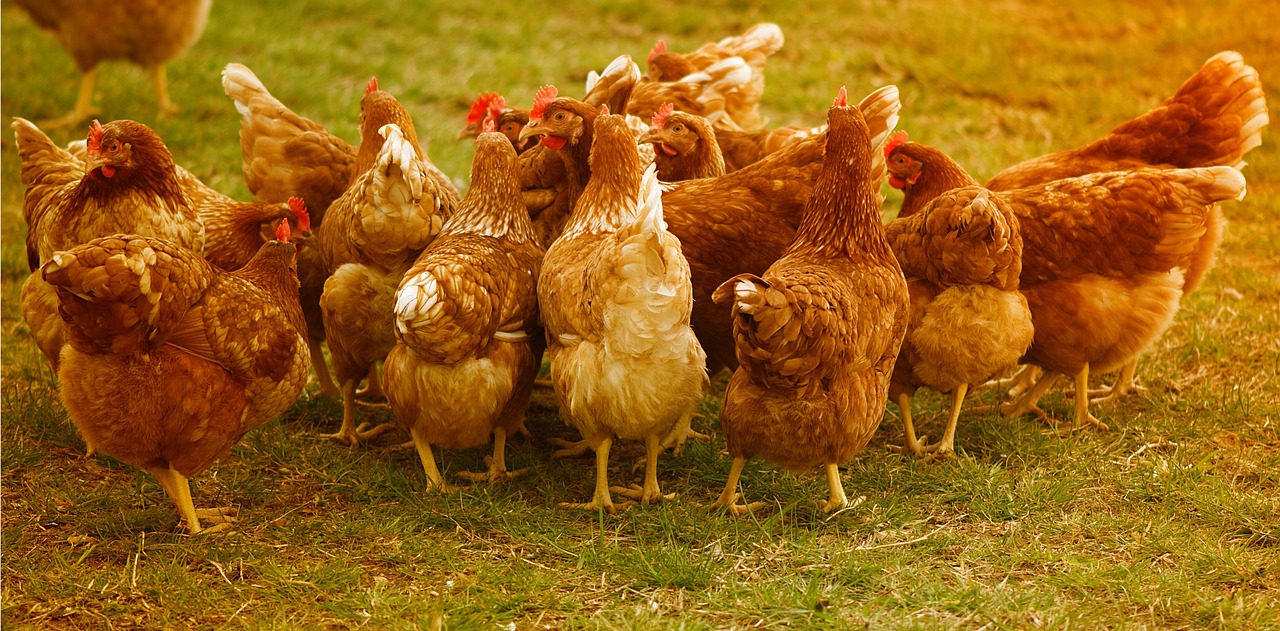Bird flu, also known as avian influenza, is a highly contagious viral infection that affects domesticated and wild birds. The virus can cause mild to severe illness and death in birds, and it can also be transmitted to humans. The spread of bird flu from one species to another, as well as the impact on the environment and sustainability, are important issues that need to be addressed.
Table of Contents
ToggleWhat is Bird Flu?
Bird flu is a type of influenza virus that is primarily found in birds, although it can also be transmitted to humans and other animals. The virus can cause a wide range of symptoms in birds, ranging from mild illness to severe disease and death. In some cases, the virus can be transmitted to humans, causing severe respiratory illness.
How is Bird Flu Spread?
Bird flu is spread through the saliva, nasal secretions, and feces of infected birds. The virus can be spread from one bird to another through direct contact, or it can be spread through contaminated feed and water. In addition, the virus can be spread through the air when infected birds release virus-laden droplets into the atmosphere.

The Impact of Bird Flu on Different Species
The impact of bird flu on different species can vary greatly, depending on the strain of the virus and the susceptibility of the species. For example, some bird species may experience only mild illness, while others may experience severe disease and death. In addition, bird flu can have a significant impact on wild bird populations, reducing their numbers and altering their migration patterns.
The Impact of Bird Flu on the Environment
The spread of bird flu can also have a significant impact on the environment. The death of large numbers of birds can result in the accumulation of dead birds and bird waste, leading to the release of harmful chemicals and pollutants into the environment. In addition, the reduction of bird populations can disrupt the balance of ecosystems and have negative impacts on other species and their habitats.
The Impact of Bird Flu on Sustainability
The spread of bird flu can also have negative impacts on sustainability. For example, the death of large numbers of birds can result in a reduction of the food supply, leading to higher prices for meat and eggs. In addition, the disruption of bird populations can result in the loss of valuable ecosystem services, such as pollination and seed dispersal, which are essential for the sustainability of crops and other plant species.
Preventing the Spread of Bird Flu
To prevent the spread of bird flu, it is important to implement measures to reduce the risk of infection. These measures include practicing good hygiene, such as washing hands thoroughly after handling birds or bird products, and avoiding contact with sick birds. In addition, it is important to monitor wild and domestic bird populations for signs of illness, and to take steps to control the spread of the virus if an outbreak is detected.
Conclusion
Bird flu is a highly contagious viral infection that affects domesticated and wild birds, as well as humans. The spread of the virus from one species to another, as well as the impact on the environment and sustainability, are important issues that need to be addressed. By implementing measures to reduce the risk of infection and monitoring bird populations for signs of illness, it is possible to prevent the spread of bird flu and minimize its impact on different species, the environment, and sustainability.








1 thought on “Spread of Bird Flu to Different Species, Environmental Degradation, and Sustainability”
Pingback: Bird Flu Outbreaks: Risks for Humans, Pets, and the Environment